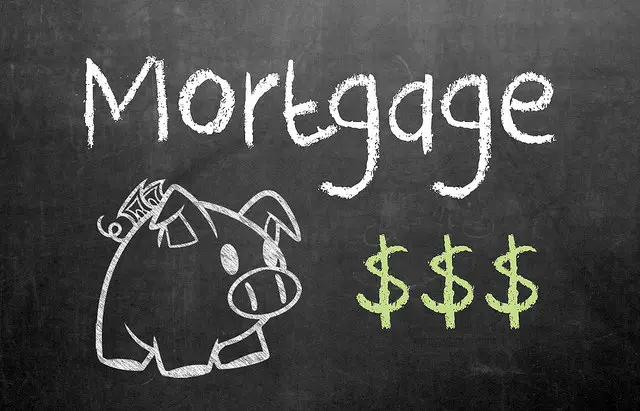 Although there are exceptions to every rule, mortgage providers generally require homebuyers to contribute a minimum down payment somewhere between 3.5% and 20% of the home’s purchase price. So how big should a mortgage down payment be?
Although there are exceptions to every rule, mortgage providers generally require homebuyers to contribute a minimum down payment somewhere between 3.5% and 20% of the home’s purchase price. So how big should a mortgage down payment be?
Of course, it’s usually better to put down the biggest down payment that you can reasonably afford for the following reasons:
Increased loan eligibility. Homebuyers who are willing to put down a larger down payment attract more lenders, which usually leads to lower interest rate loans. It also allows them to qualify for a wider selection of mortgage options.
Greater loan flexibility. The bigger the down payment, the less you have to borrow. It also allows you to opt for a shorter-term loan, thereby reducing your interest payments over the life of the loan.
Fewer add-on expenses. Borrowers who put down 20% avoid paying for private mortgage insurance.
On the other hand, you should scale back the size of your down payment if:
It depletes your savings. This could be disastrous if you run into unexpected financial trouble.
There are better uses for the money. A lower down payment can make sense for homebuyers who are confident they can earn an investment return elsewhere that’s higher than their mortgage interest rate.
***
Readers: This is article 10 of 25 from my no-nonsense “Mortgage Basics” quick-reference series.
Photo Credit: GotCredit

Your down-payment should be 100%.
You have no idea of the freedom you’ll enjoy when your housing costs are eliminated.
I agree. It does not make sense in this market, but a paid off house is a great feeling. My friends thought I was crazy (I am a little) but when I got laid off at the start of pandemic, I didnt have to panic.
We put down 30% and are paying the balance off ASAP. The extra to principal is the best investment we can make right now, and especially in this economy, we’ll sleep better when it’s ALL OURS!
Good for you, Lauren!